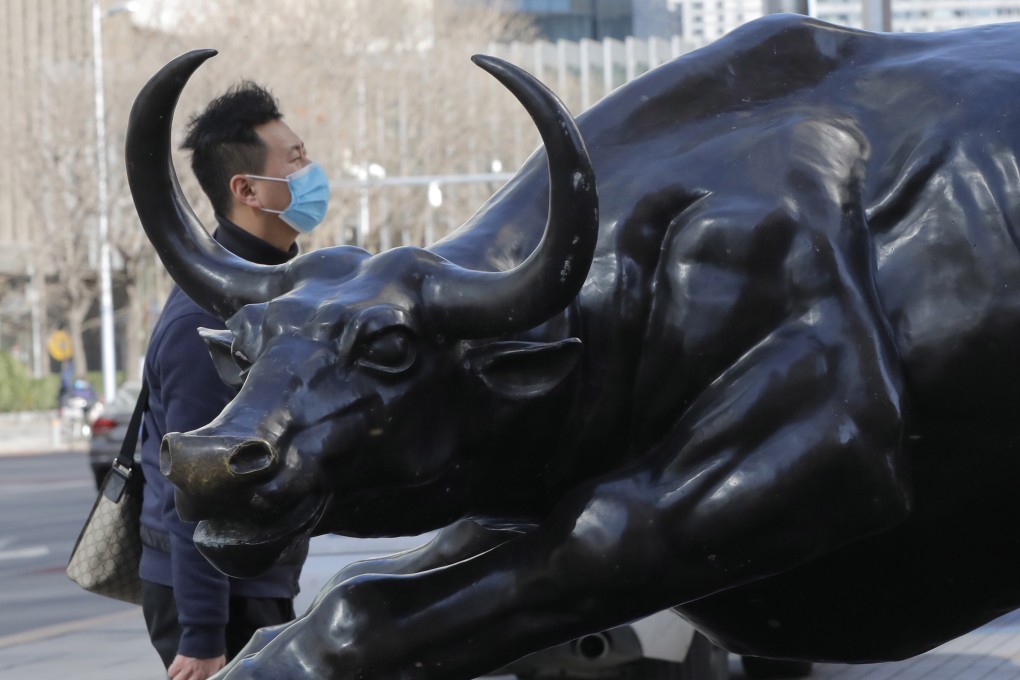Advertisement
Opinion | China’s stock market: company earnings will plough ahead in the Year of the Ox
- While investors have piled into the A-share market, there is still value to be found. Apart from consumer stocks likely to benefit from China’s growth and those boosted by changing habits as a result of Covid-19, companies related to green energy could also do well
Reading Time:3 minutes
Why you can trust SCMP
1

China’s economic rebound from the coronavirus shock allied to enduring structural growth promises to propel local company earnings in the Year of the Ox – in keeping with the creature’s fabled characteristics.
Oxen are esteemed in Chinese culture for strength and hard work. The ox-like endurance of China’s economy will enable productive firms to plough ahead, to the benefit of investors.
The MSCI China A Onshore Index surged more than 40 per cent last year. This rally reflects the resilience of domestic company earnings after China acted quickly to reopen its economy from lockdowns. Further, it highlights the positive outlook for earnings in the year ahead.
Advertisement
China recorded 2.3 per cent year-on-year gross domestic product growth last year – one of only two G20 nations in line to record positive growth for 2020. Chinese authorities were able to bring Covid-19 infection rates down sharply, while its policymakers stimulated the economy. This earlier restart relative to other economies gives investors greater clarity on the outlook for earnings.

01:33
China’s economy accelerated at end of 2020, but virus-hit annual growth lowest in 45 years
China’s economy accelerated at end of 2020, but virus-hit annual growth lowest in 45 years
This inherent economic strength is driving investors to be long on China’s A-share market, prompting fears of a bubble similar to 2015. Local retail participation is elevated, as is global investment into A shares via the Stock Connect trading scheme.
Advertisement
Select Voice
Choose your listening speed
Get through articles 2x faster
1.25x
250 WPM
Slow
Average
Fast
1.25x
